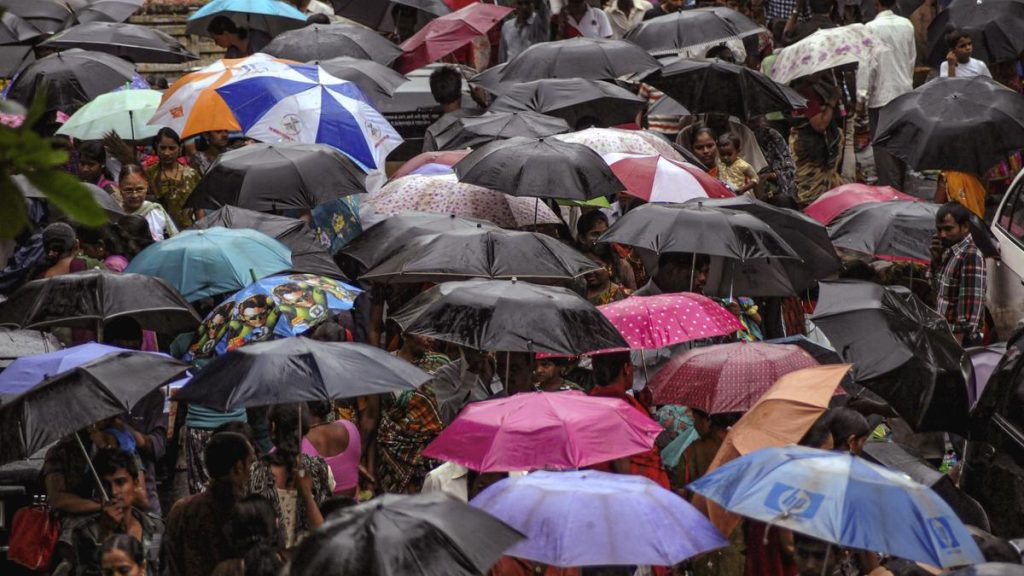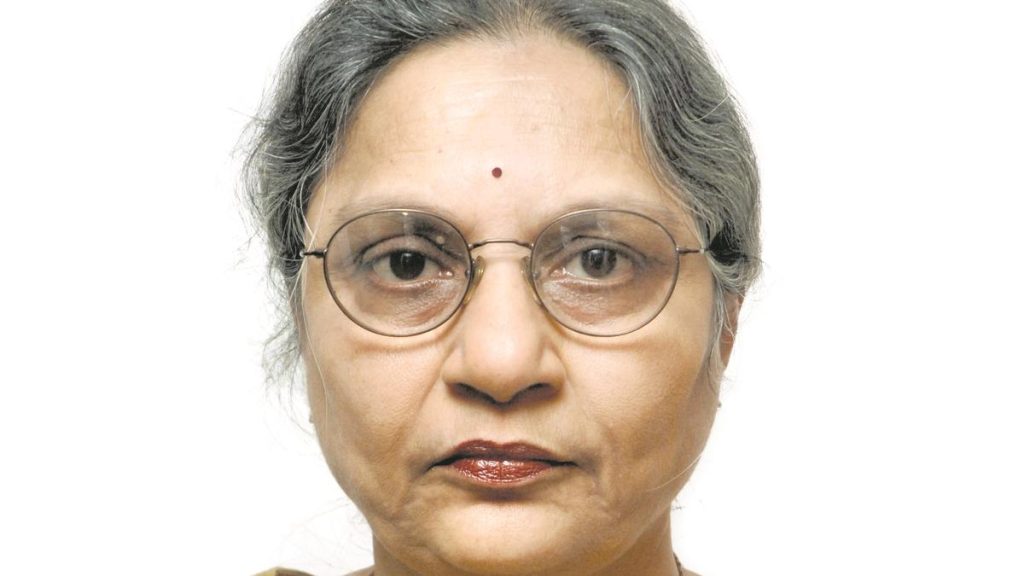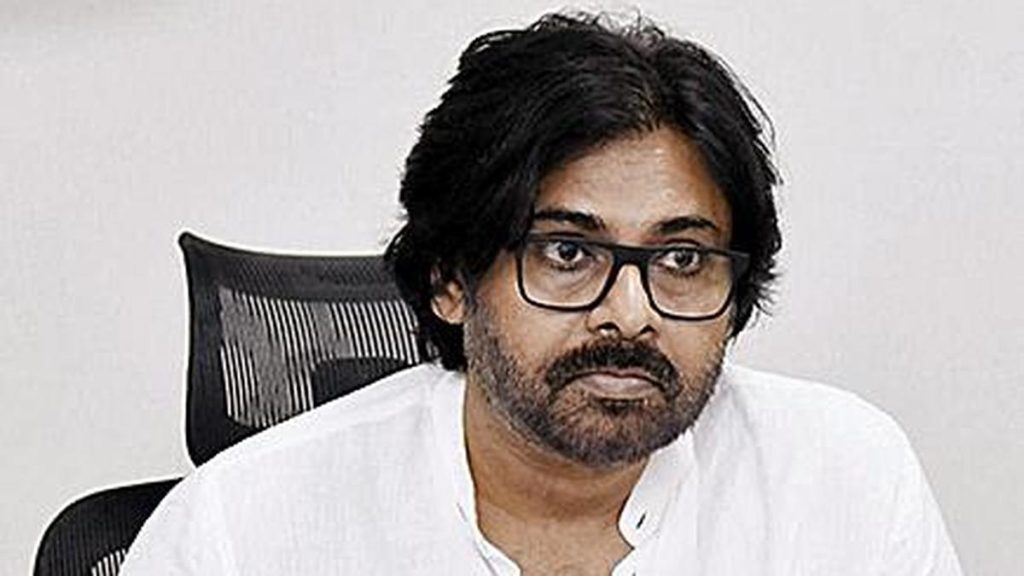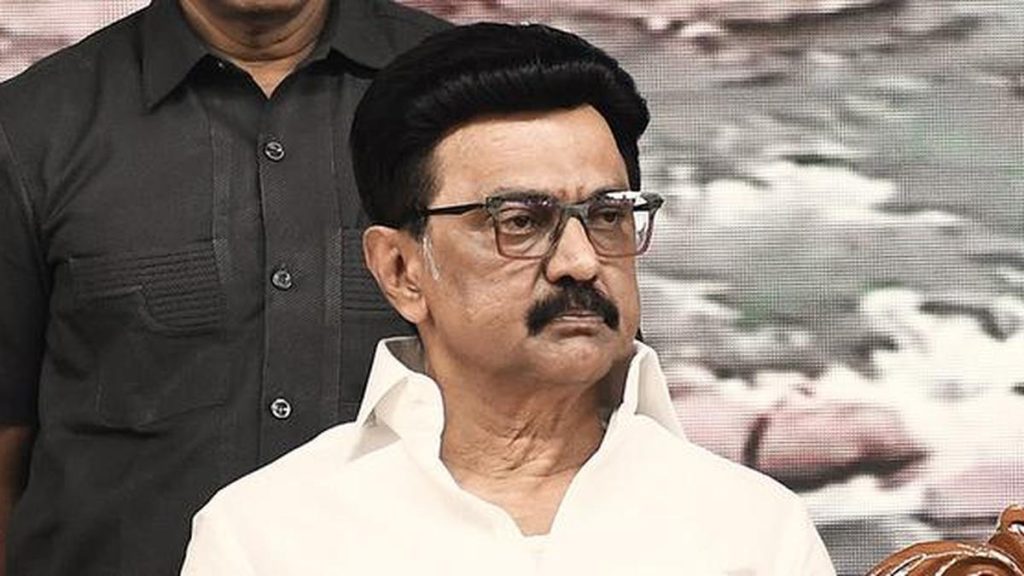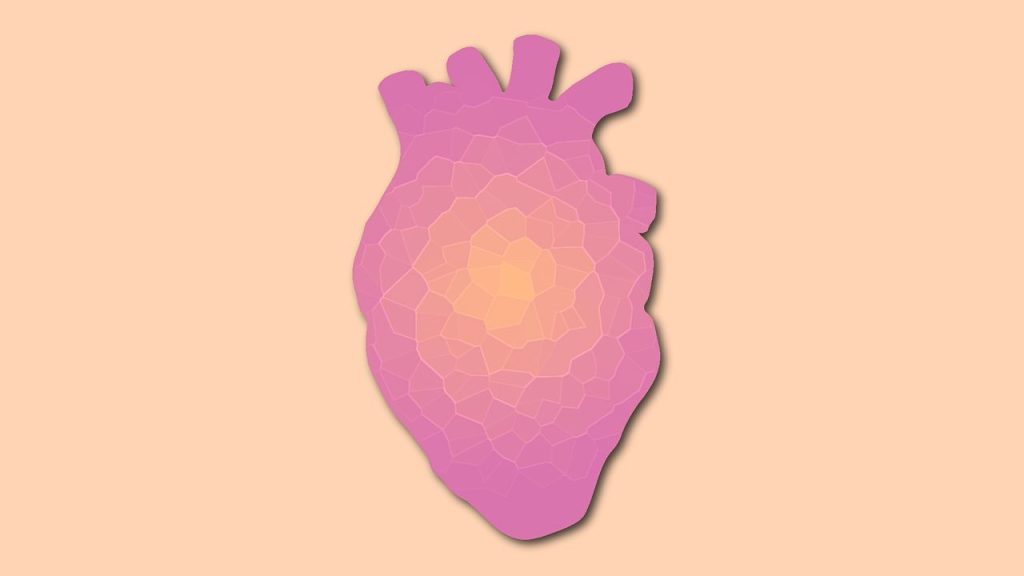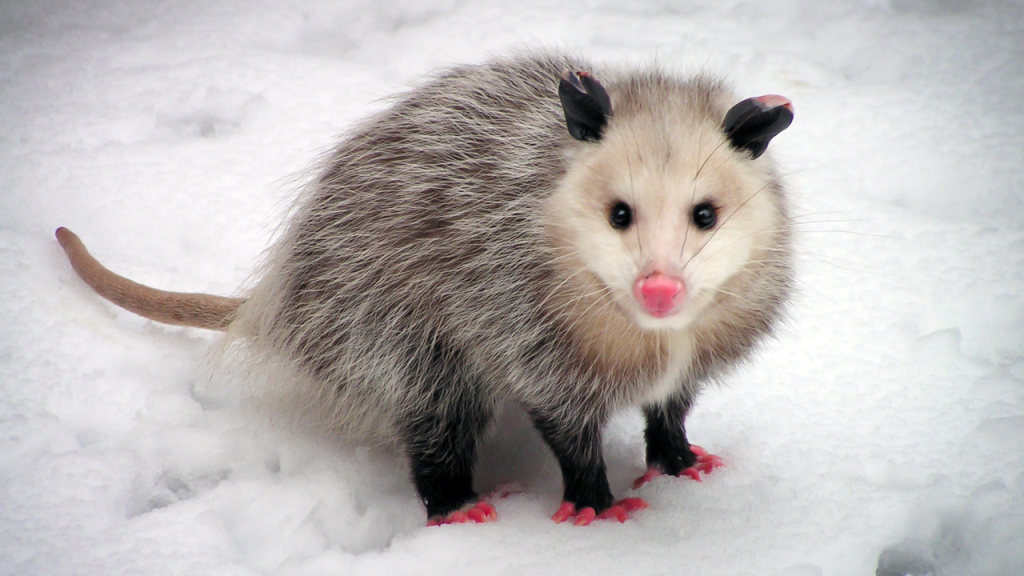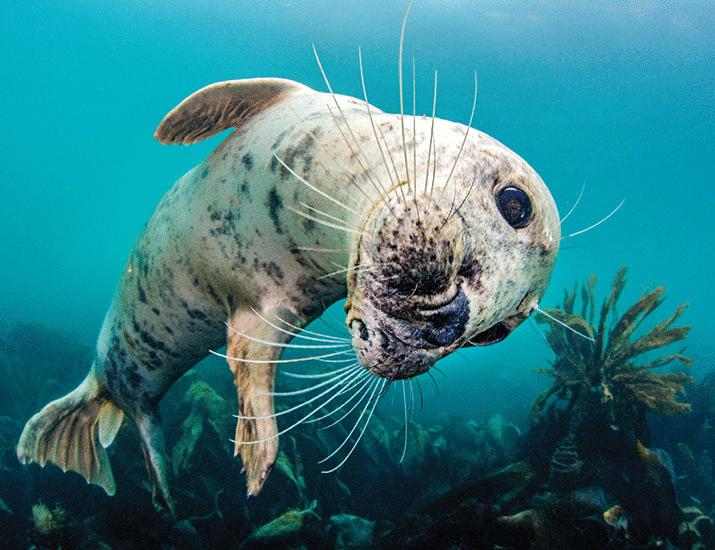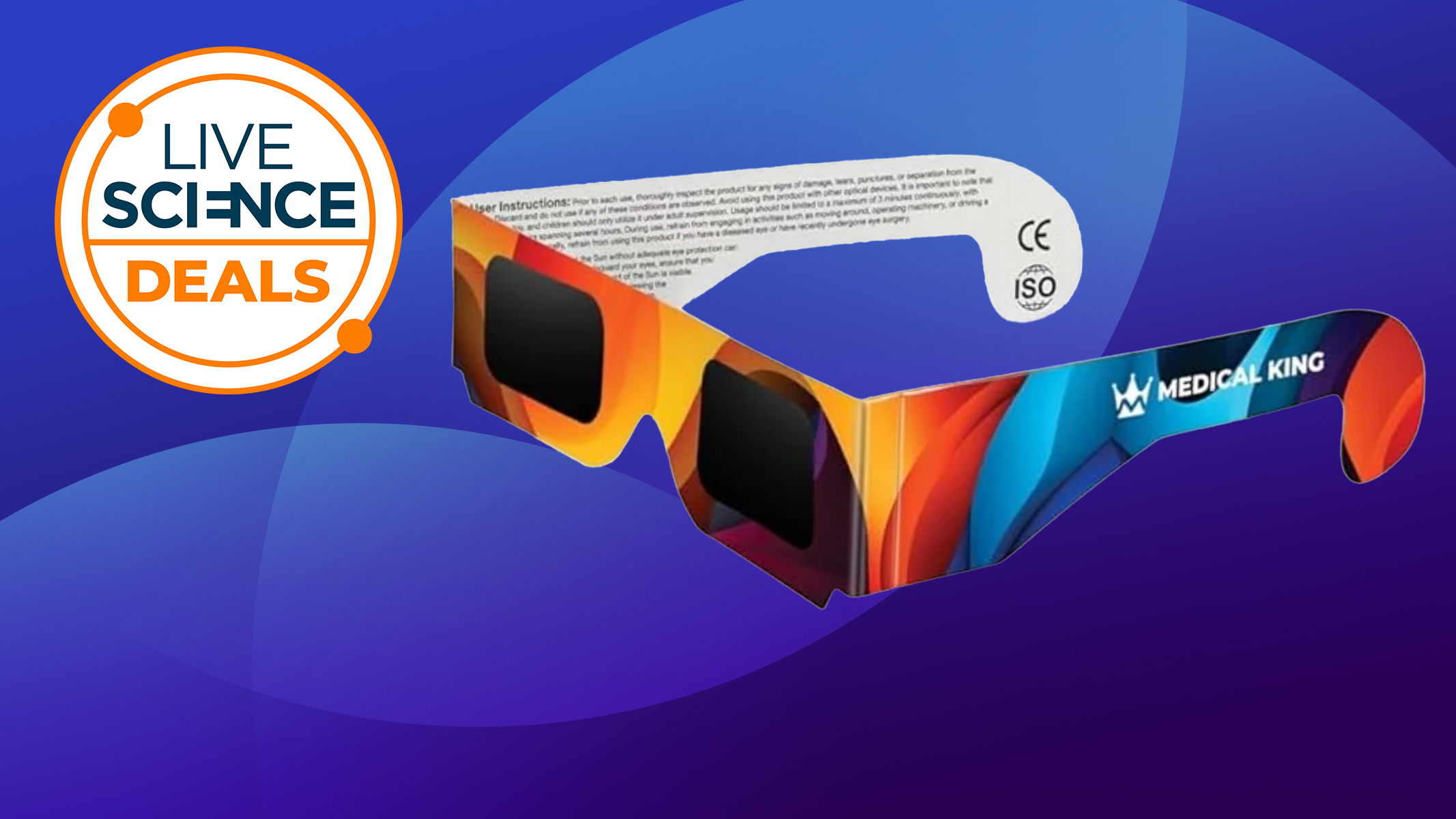Now Reading: SpaceX Crew-9 Astronauts to Outline NASA Science Mission
-
01
SpaceX Crew-9 Astronauts to Outline NASA Science Mission
SpaceX Crew-9 Astronauts to Outline NASA Science Mission
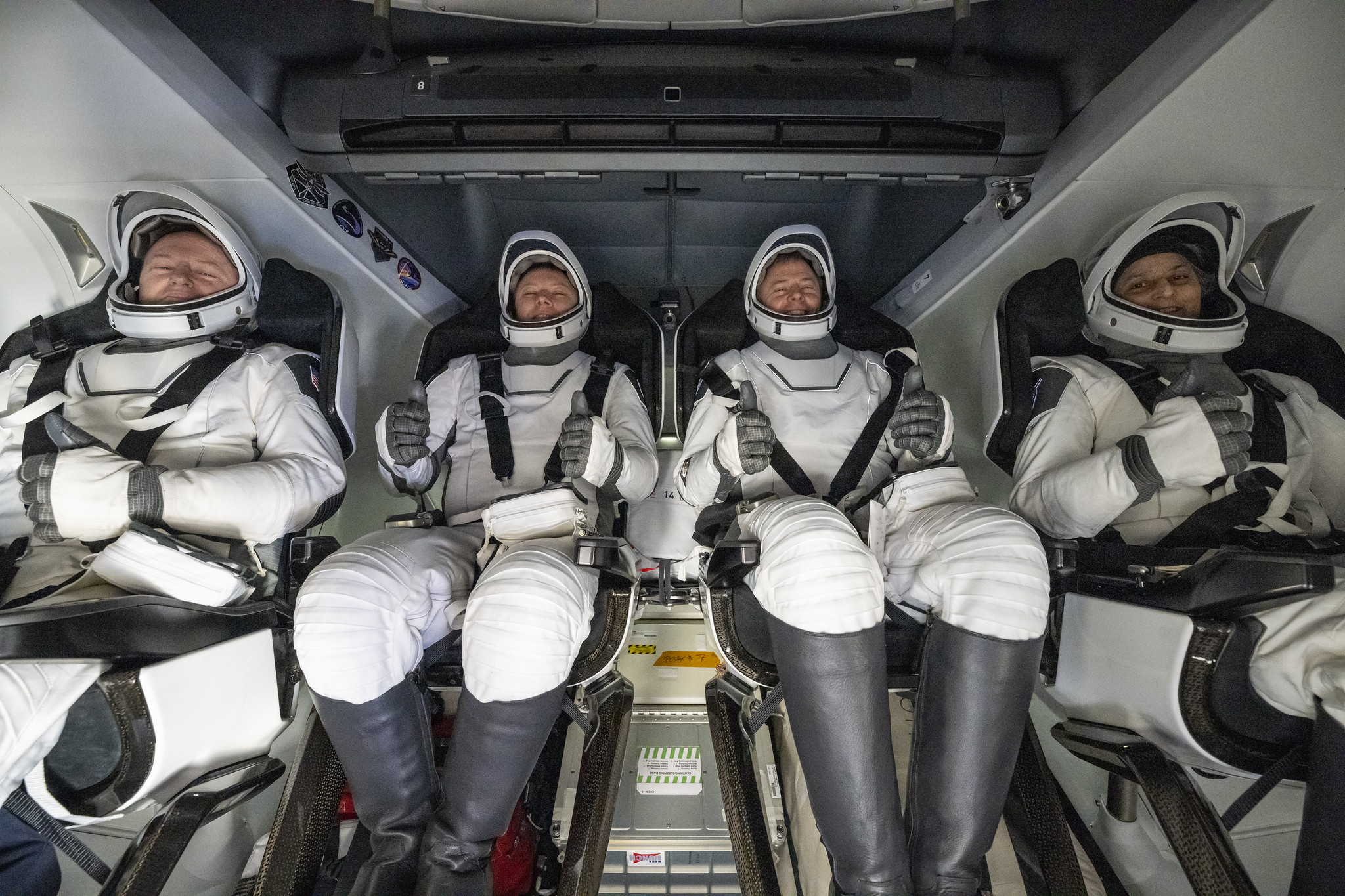
Quick Summary
- NASA’s SpaceX Crew-9 astronauts will discuss their science mission during a postflight news conference on March 31 at johnson Space Center in Houston.
- Three NASA crew members, Nick Hague, Suni Williams, and Butch wilmore returned to Earth on March 18 after long-duration missions aboard the ISS. Roscosmos cosmonaut Aleksandr Gorbunov also returned but will not participate in the conference due to travel scheduling.
- Media can attend the news conference either in-person or virtually. Questions are welcome via #AskNASA social media or through pre-registration with NASA’s newsroom by March 28.
- Crew accomplishments include:
– Williams and Wilmore spent 286 days in space, traveling over 121 million miles and completing more than 4,500 orbits around Earth.
– Hague and Gorbunov were aboard for 171 days, traveling over 72 million miles with more than 2,700 completed orbits.
– conducted over 900 hours of research featuring more than 150 experiments, including plant growth studies, stem cell technology tests for patient care improvement on Earth, material degradation effects in microgravity environments, microorganism survivability analysis during a spacewalk sample collection from ISS exterior panels.
– Supported STEM engagement programs like ham radio events with students globally and student-led genetic experiments onboard to inspire future spacescience learners.
Indian Opinion Analysis
India’s space sector continues to grow rapidly under ISRO’s leadership; learning from international efforts like that of NASA’s Commercial Crew Program sets benchmarks for innovation. The Crew-9 mission highlights how collaborative industry-government engagements have historically delivered meaningful scientific outputs while boosting public-private partnerships-a model India has embraced under its recent privatization reforms in space exploration.
For researchers planningsou develop joint missions this exchange-oriented alignsowaniu futuregoal-focused enduring should be international-topic


